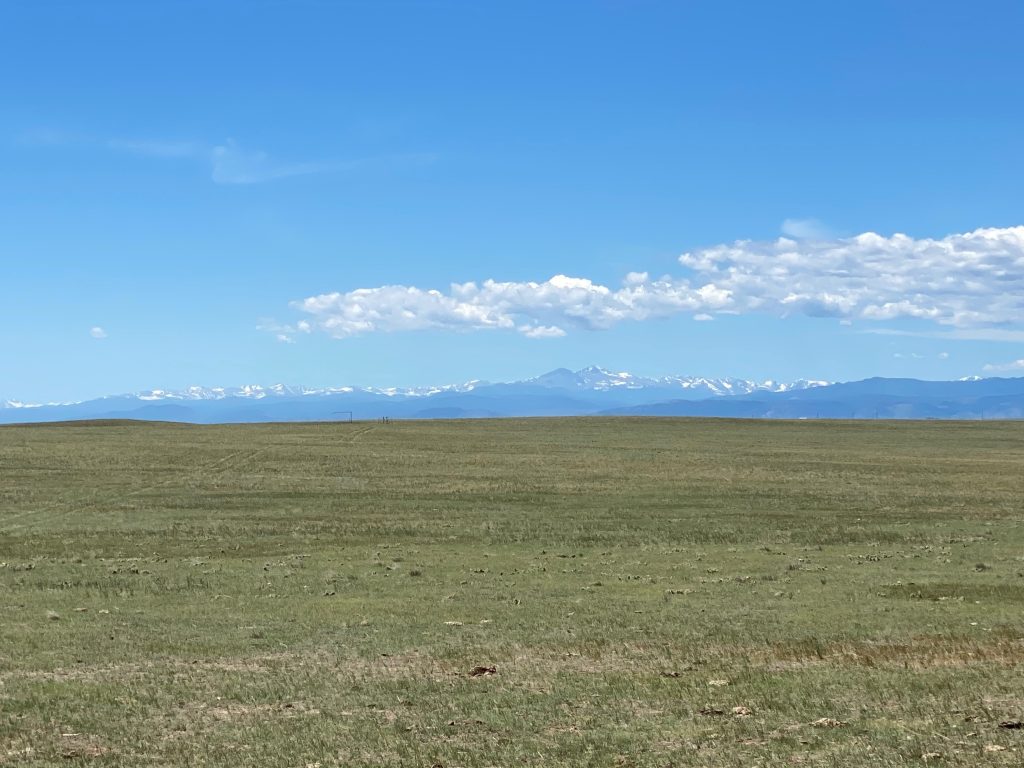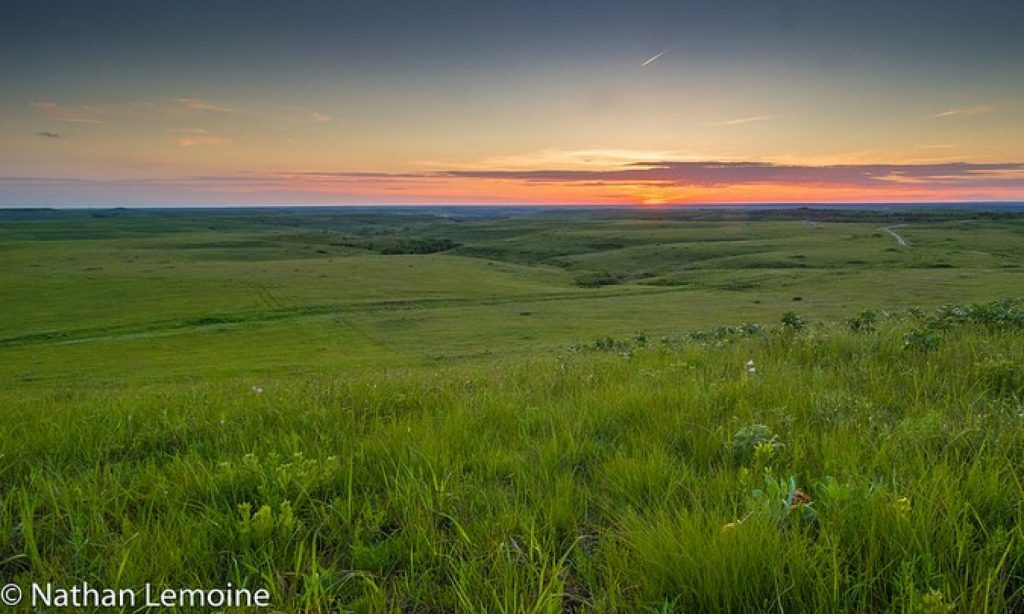As a plant community ecologist, an overarching goal of my research is advance understanding of the consequences of human-caused global changes – especially the impacts of climatic changes (e.g., intensification of hydrologic regimes – droughts and deluges), biological invasions, eutrophication (e.g., increased N deposition), and altered disturbance regimes – for biodiversity and ecosystem structure and function. Within this context, my research addresses long-standing, yet highly relevant questions about the functional roles of species in ecosystems, the causes and impacts of loss (extinctions) and gain (invasion) of genetic and species diversity at the population, community and ecosystem level, the factors that influence species coexistence and patterns of species abundance, and the relative strength of bottom-up (resources) vs. top-down (consumers) controls and the role of plant-soil microbiome feedbacks in structuring communities.
Currently, the core of my extramurally-funded research program consists of a suite of on-going and complementary field projects all aimed at accomplishing my overarching research goal and testing and advancing fundamental ecological theory. Briefly, these ongoing projects include:
- Research in Central US grasslands examining the effects of intensified climate extremes and the legacies of these events on plant community dynamics and ecosystem functioning, with focus on elucidating the mechanisms underlying plant community and ecosystem responses to climate change. This research primarily has taken place in grassland sites in CO, KS and WY. Building on past research in these grasslands funded by the NSF Macrosystems Biology program (the Extreme Drought in Grasslands Experiment, EDGE), I and colleagues currently have funding from the USDA NIFA AFRI program (as PI and co-PI) to understand the response of plant populations, plant and soil microbiome communities and their interactions, and ecosystem functioning to intensified drought, as well as recovery of these ecological processes after extreme drought events end. In addition, I also recently received funding from DOE ESS program to extend this research to understand the impacts of compound climate extremes – droughts and deluges (heavy rainfall events) – on plant population, plant and soil microbiome communities, and ecosystem C cycling. A key goal of this research is to enhance capabilities of earth system models to adequately capture the effects of compound extremes on C cycling processes. Finally, a colleague and I recently received notification from the USDA NIFA AFRI program of grant funding to examine how post-drought precipitation amounts and biotic legacies (mortality of plants, changes in plant and soil microbiome communities) impact recovery of grassland ecosystem structure and function after four years of extreme drought. Overall, these suites of currently funded projects, along with several other climate extremes projects not mentioned here, represent of body of research aimed at advancing our ecological understanding of the impacts of intensified climate extremes that are forecast with climate change across a broad breadth of biological, spatial and temporal scales.
- Long-term research examining the effects of chronic resource alterations on plant community and ecosystem dynamics. Currently, this area of research is supported in part by a subaward from the NSF-funded Konza Prairie Long-Term Ecological Research Program in which I am a co-PI. This research was established in 2013 to assess the effects of a gradient of resource addition (nitrogen) on plant community composition and ecosystem function. In particular, because a gradient of 8 levels of nitrogen addition are applied to grassland plots over the long-term, the assessment of thresholds of species responses to eutrophication can be made, and mechanisms of plant community change can be determined. As a complement to this Chronic Addition of Nitrogen Gradient Experiment (ChANGE), an identical experiment was set up at the same time in the shortgrass steppe at the former Shortgrass Steppe Long-term Ecological Research site. This allows for a comparison between responses of mesic vs. semi-arid grassland to a gradient of nitrogen addition. A current PhD in my lab (Mary Linabury) is taking advantage of the long-term ChANGE experiments at both sites to examine how interactions between chronic nitrogen addition and deluge events (pulse events) may interact to lead to threshold responses in plant community composition and ecosystem functioning. This project complements past research conducted by lab examining the impacts of nutrient eutrophication on grassland ecosystem structure and function.
- Long-term comparative studies in NA and SA grasslands testing theory concerning the impacts of altered disturbance regimes, specifically fire and herbivory, in determining grassland structure and function, Building on a NSF-funded project established in 2005, my colleagues and I (as senior scientist) have secured funding from the NSF Integrative Biology program to continue this comparative research in the future, with particular focus on extreme disturbances effects and the impacts of their cessation on grasslands in both NA and SA.
- A globally coordinated experimental network to advance our general understanding of how terrestrial ecosystems may vary in their response to drought, and more specifically to assess the mechanistic basis for differential sensitivities of terrestrial ecosystems to drought. In 2014, I and my colleagues established the NSF-funded Research Coordination Network (RCN) Drought-Net (https://droughtnet.weebly.com/). The key research coordination activity of this network was to establish the globally, coordinated experimental network of drought experiments – the International Drought Experiment (IDE). Since its inception, IDE has grown to 139 participating sites that have or are currently imposing a 4-year extreme drought in terrestrial ecosystems (primarily grasslands and shrublands) located on 6 continents. Although IDE is now reaching maturity and the NSF funding has ended, IDE network activities, including both data management and data synthesis, are continuing due to the dedication of participating scientists, as well as funding secured from USDA, the USGS Powell Center, and the NSF LTER Network by myself, a postdoc in my lab (Tim Ohlert) and other collaborators to continue to conduct synthesis activities and hold working group meetings for the foreseeable future.
For my future research plans, I will no doubt continue to build upon the major research activities described above. However, in addition, I want to develop a research program the revisits and expands upon research that my lab has conducted in the past integrating from the genetic level to the ecosystem level (e.g., Avolio et al. 2017, Forrestel et al. 2017, Hoffman & Smith 2018, 2021, Hoffman et al. 2018, 2019, 2020). I envision that this integrative research would be conducted to achieve two major goals. The first would be to further elucidate mechanisms underlying grassland plant population, community and ecosystem responses to human-caused global change, particularly intensification of climate extremes. In particular, I am interested in understanding how genetic variation in dominant grass populations within grasslands may contribute to the resistance and resilience of these systems to climate extremes, such as drought and deluges. In addition, I would like to apply this genes-to-ecosystems integrative approach to address more fundamental questions about mechanisms underlying plant species dominance using grasslands as model systems. Such a question is highly relevant given the important role that dominant species play in structuring plant communities, driving key ecosystem functions, and determining resistance and potentially resilience to global change (Smith & Knapp 2003, Avolio et al. 2019, Smith et al. 2020).

